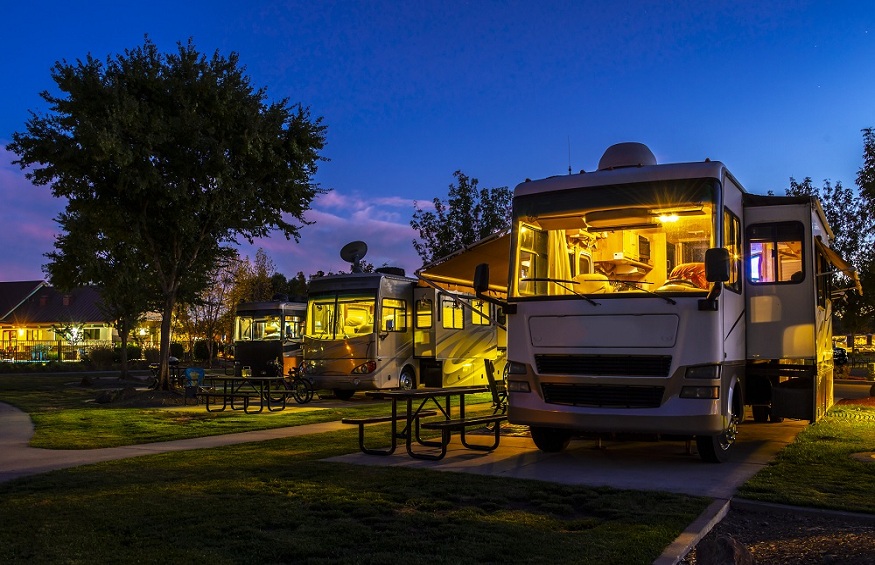The RV world was turned upside down when power slide-outs were introduced in the early 1990s. Prior to the slide-out, an RV’s interior space was static. It did not change whether you were parked in a campground or out on the open road. Slide-outs changed everything by offering more space when the RV was parked.
These days, it is hard to find a new Class A or Class C motor home, fifth wheel, or travel trailer without at least one slide-out. Indeed, your biggest RVs have multiple slide-outs. Building slide-outs into RVs is not especially difficult from a manufacturing standpoint. And from an owner’s standpoint, the extra space is priceless.
They Can’t Go Everywhere
The first thing you should know about slide-outs is that they cannot go everywhere. As strange as it sounds, there are still older campgrounds whose original sites cannot accommodate the extra width. RV owners in the know make it a point to check with campgrounds before they book. If there is any chance at all that sites are not big enough, they do not want to wait until check-in to find that out.
Extra width can also be a problem if you are boondocking. The bottom line is that you have to be aware of what your surroundings will be before you choose your destinations. Otherwise, you could be left with a slide-out that does not get slid out.
Three Types of Slide-Out Mechanisms
Slide-outs are sometimes referred to as ‘bump-outs’ or ‘pop-outs’, thanks to the fact that there are different types of activation mechanisms. Slide-outs prior to the motorized era were actually pop-outs. Their activation mechanism consisted of a hinge and a latch. You just loosened the latch and pulled the compartment out, after which it rotated into position on a hinge.
Thanks to motors, modern slide-outs can be larger and heavier. They are activated in one of two ways:
Electric Motor – The most common form of slide-out these days is powered by an electric motor. It is quite simple and is easy to implement.
Hydraulic Pump – Most of your larger motor homes employ hydraulic pumps simply because their slide-outs are so much bigger. Hydraulic mechanisms make for more consistent and stable activation.
The key to both types of motorized slide-outs is making sure that the moving parts stay well lubricated. This ensures that the unit slides in and out evenly on both sides, reducing the chances of getting stuck.
Slide-Outs Are Not Heavily Insulated
One thing about slide-outs that most people do not discover until it is too late is the fact that they are not well insulated. As you know, cold air moving underneath an RV or fifth wheel can lead to uncomfortable conditions when the temperatures drop. This is why companies such as AirSkirts recommend inflatable RV skirting around and RV’s perimeter.
Though adding some extra skirting around the bottom of a slide-out is possible, doing so probably will not make your RV that much warmer. So if you are planning to do any winter camping, know that you will have to find other ways to insulate the undersides of your slide-outs.
The slide-out revolutionized RV camping in a way few other modifications have. Thanks to slide-outs, modern RVs are more spacious and comfortable than their first- and second-generation counterparts were. That is good for people who want to go camping but do not want to feel like they are cramped in tight spaces. It is also good for manufacturers who can bump their prices up quite a bit just by adding one or two slide-outs.





